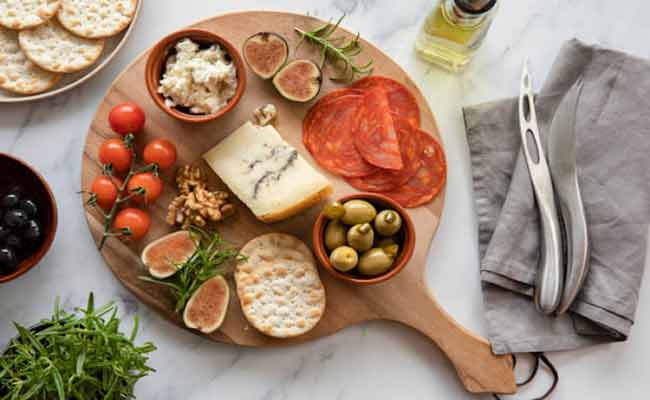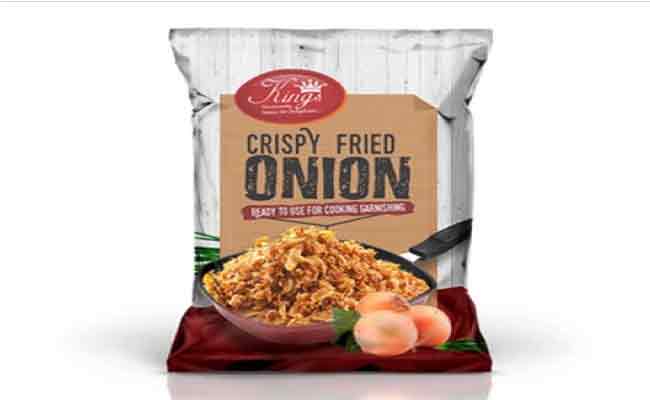The Benefits of Sous Vide Cooking: A Smarter Way for Hotels, Restaurants, and Caterers to Serve Better Food
Hotels. Restaurants. Caterers. Every one of them is under pressure to do more with less. Lower food waste. Shorten prep time. Keep labor costs manageable. And still somehow send out a plate that keeps the customer coming back.
Sous vide cooking isn’t a trend anymore. It’s a business decision. And if you’re running any kind of professional kitchen, it’s probably time to ask what foods to sous vide, and why your kitchen isn’t already using them.
What Is Sous Vide and Why Are Restaurants Using It?
Sous vide means “under vacuum” in French. The process involves vacuum-sealing food and cooking it at a precise temperature in a water bath. Not hot enough to overcook. Not cool enough to risk undercooking. Just right. Every time.
Why do restaurants use sous vide? Because repeatable quality matters more than guesswork. You’re not relying on a line cook’s muscle memory or a grill’s hot spot. You’re relying on science. Temperature control. Time control. Flavor locked in and consistent.
Ask a sous vide restaurant why they use the sous vide cooking method and they’ll probably mention:
- Better texture and tenderness
- Reduced shrinkage during cooking
- Food that holds longer on the pass
- Easier training for staff
- Fewer customer complaints
The Real Benefits of Sous Vide Cooking in Commercial Kitchens
This isn’t about gimmicks. Sous vide food solves operational problems. Especially when you’re running high volumes or trying to maintain quality across locations or shifts.
1. Food Consistency – Across Every Plate, Every Location
Whether you’re plating a filet at a fine dining bistro or serving 500 at a hotel banquet, customers expect the same result. Sous vide delivers the same doneness, moisture, and flavor across every portion.
In traditional cooking, steaks vary. One might be medium-rare, another medium-well, depending on who’s cooking or what part of the grill it hits. Sous vide food doesn’t have that problem. It holds at a precise temperature, ensuring each steak is finished the same way.
2. Labor-Saving and Easier Training
You don’t need a seasoned chef on every shift when your most sensitive proteins are pre-cooked sous vide. This is a huge benefit for hotels and caterers where turnover is high, and kitchen training is ongoing.
Precooked sous vide foods let you serve perfect salmon or beef without hiring another executive chef. Line cooks can finish with a quick sear or plate straight from pouch to plate. It’s fast. It’s predictable. It’s safer.
3. Longer Shelf Life, Lower Waste
Sous vide food is vacuum-sealed. That protects against oxidation and contamination, which extends shelf life – often up to 2 to 3 weeks refrigerated. That kind of stability matters when you’re stocking up for events or running a menu with expensive proteins.
It also means you throw out less. Less spoilage. Fewer mistakes. Less overcooking. You’re paying for products that actually gets served – not wasted.
4. Menu Flexibility Without Complexity
Want to add a new short rib or duck confit? Sous vide lets you test and rotate new dishes with minimal investment in training or equipment.
Instead of a 6-hour braise or complicated reduction, your short rib arrives fully cooked sous vide. You reheat, plate, garnish, and then…done. You can offer premium dishes without tying up the kitchen in prep work or slow cooking.
This is especially helpful for caterers working out of mobile or off-site kitchens, where access to ovens and skilled prep staff may be limited.
5. Food Safety and Temperature Precision
Sous vide cooking happens in a temperature-controlled water bath. That means food spends less time in the temperature “danger zone” (40°F–140°F) where bacteria grow fastest.
Proper sous vide cooking – especially when done at a commercial scale by a supplier like Cuisine Solutions – meets rigorous food safety standards. For restaurants, that means fewer food safety headaches and less liability.
Foods to Sous Vide in a Professional Kitchen
Not everything benefits equally from sous vide. But a lot of your high-volume or high-cost items probably do. Here are some of the best sous vide foods for restaurants:
- Steak and beef short rib – better tenderness and less shrinkage
- Chicken breast – juicier and less prone to drying out
- Salmon and other fish – delicate proteins hold up without overcooking
- Eggs – precision cooking for large batches
- Vegetables – evenly cooked without mushiness
- Pork belly or shoulder – long cook times make sense when it’s hands-off
- Lamb chops or racks – great sear post-sous vide, consistent doneness
Sous vide isn’t just for fine dining either. Fast casual restaurants, resorts, cafeterias, hotel chains, and event caterers all use it to improve food quality and reduce prep time.
The Benefits of Partnering with a Sous Vide Company Like Cuisine Solutions
You could run your own sous vide operation in-house. But sourcing equipment, vacuum sealers, chillers, and trained staff isn’t always practical – especially at scale.
That’s where partnering with a professional sous vide company like Cuisine Solutions makes sense. They pioneered sous vide at a commercial level and serve clients in hospitality, foodservice, airlines, military, and retail.
When you buy sous vide food from Cuisine Solutions, you get:
- Consistent, chef-created meals backed by years of R&D
- Flexible packaging and portion sizes
- Products ready for rapid finishing and plating
- HACCP-compliant food safety standards
- National and global delivery capabilities
This lets you gain all the benefits of sous vide without investing in new equipment or changing your entire kitchen workflow. You just heat, finish, and serve.
Conclusion: Sous Vide Food Is a Business Advantage
Sous vide cooking gives you more control, better consistency, and less waste. It solves real problems kitchens face every day. And when you’re operating in a competitive space where food quality and speed both matter, sous vide isn’t a luxury. It’s a smarter way to work.
If you’re still asking “Do restaurants use sous vide?” the answer is yes – smart ones do. And if you’re not using it, you might be falling behind.




